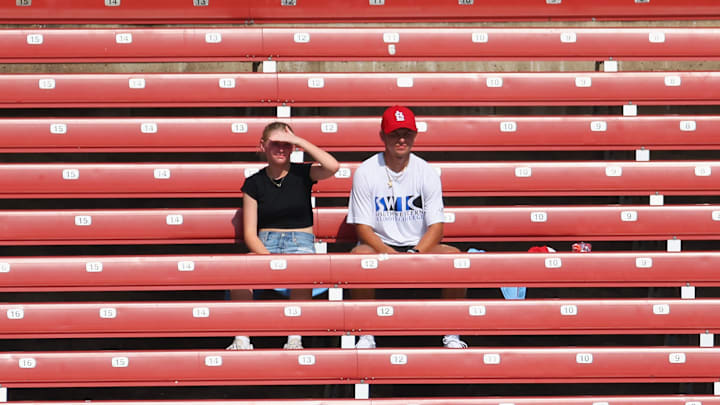The 2023 St. Louis Cardinals' season has been extremely tough to watch. The team isn't playing well at all, big-name players were shipped off at the deadline, the players who are left seem to be rotating through the Injured List, and managerial/front-office mismanagement has been frustrating, to say the least.
From the Tyler O'Neill situation to Willson Contreras's benching to a record consistently below .500, fans are starting to feel like this may be the worst season in St. Louis history, let alone franchise history. The stadium is getting more and more empty with each home series, and the reasons to watch and root for the team are dwindling by the day.
For as abysmal as this season is, the team has had worse seasons before. The franchise dates back to 1882 when the St. Louis Brown Stockings played in the American League. The Brown Stockings were eventually shortened to just the Browns from 1883-1898, followed by the Perfectos for one year. In 1900, the team received the name "Cardinals" and found a home in the National League. For 123 years, the franchise name has remained the same outside of some divisional realignment.
Due to this long history, it is feasible to assume that there have been seasons as bad or worse as 2023. In order to make this exercise relevant, only seasons since the Integration Era (ended in 1961) will be evaluated. From this point on, the color barrier was officially broken and the game could include the best of the best players from across the world.
